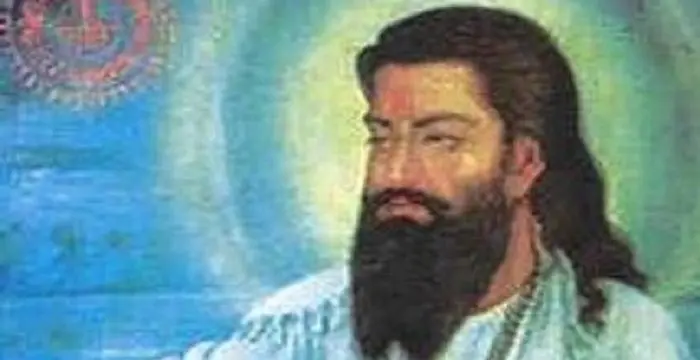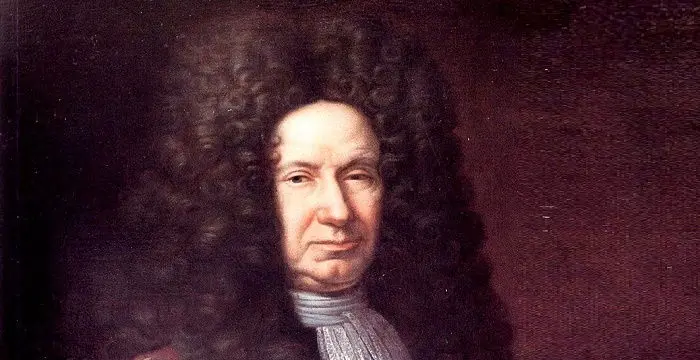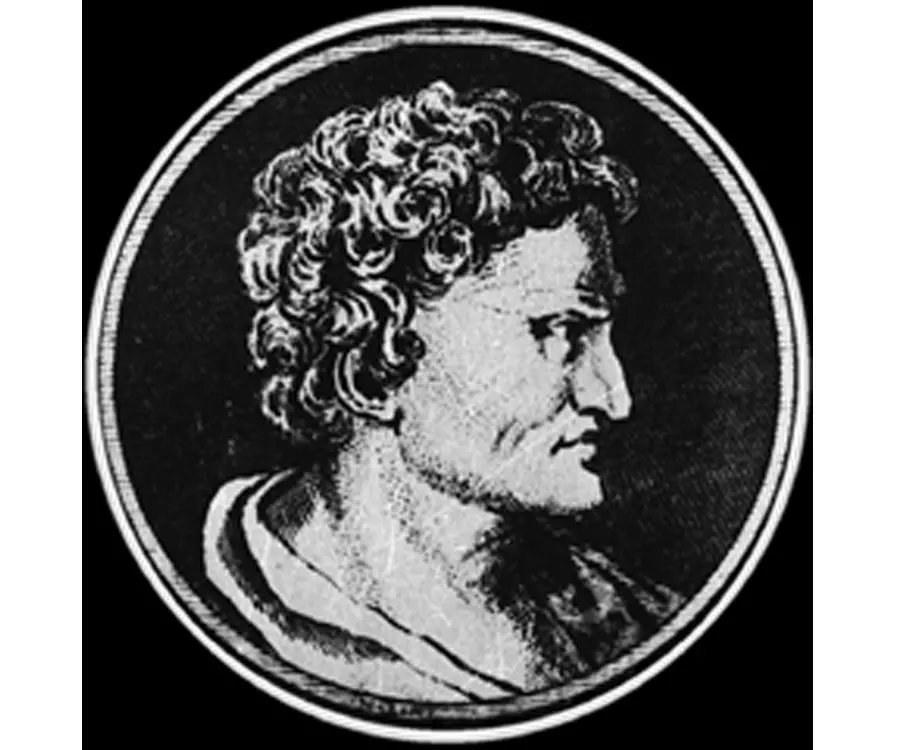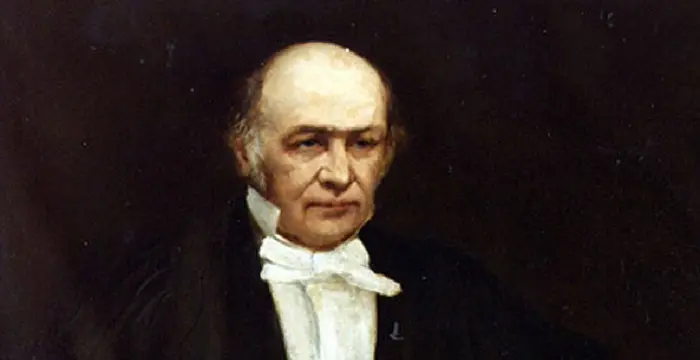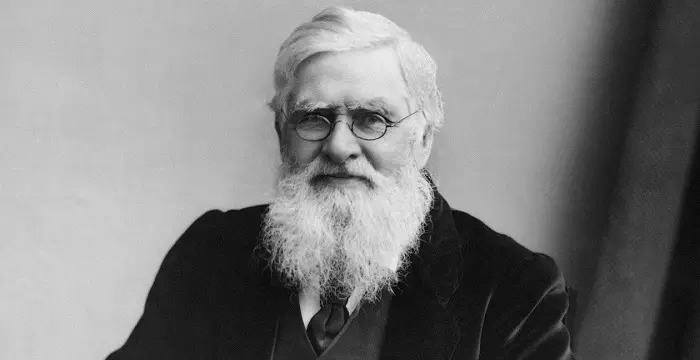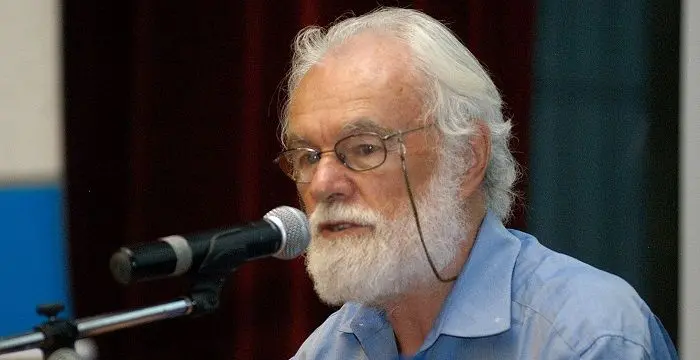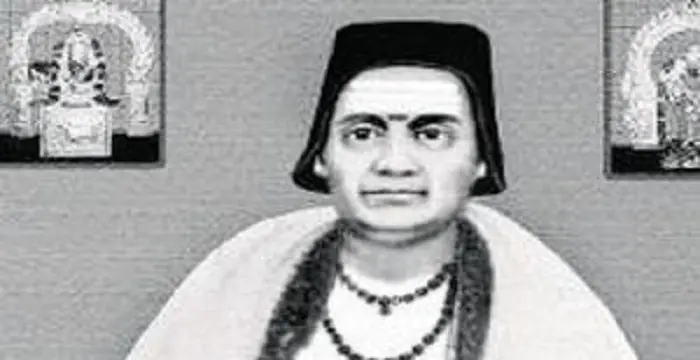
Hipparchus - Astronomers, Birthday and Facts
Hipparchus's Personal Details
Hipparchus was a Greek astronomer and mathematician
| Information | Detail |
|---|---|
| Birthday | 190 BC |
| Nationality | Greek |
| Famous | Intellectuals & Academics, Geographers, Mathematicians, Astronomers, Astronomers, Mathematicians |
| Known as | Hipparchus of Nicaea |
| Birth Place | Nicaea, Kingdom of Bithynia |
| Gender | Male |
| Born in | Nicaea, Kingdom of Bithynia |
| Famous as | Astronomer & Mathematician |
| Died at Age | 70 |
// Famous Mathematicians
Brahmagupta
Brahmagupta was a highly accomplished ancient Indian astronomer and mathematician. This biography of Brahmagupta provides detailed information about his childhood, life, achievements, works & timeline.
Giovanni Domenico Cassini
Giovanni Cassini was a 17th century Italian mathematician, astronomer and astrologer. This biography of Giovanni Cassini provides detailed information about his childhood, life, achievements, works & timeline.
Pythagoras
Pythagoras of Samos was a Greek mathematician and philosopher. Read on to learn more about Pythagoras’s profile, childhood, life and timeline.
Hipparchus's photo
Who is Hipparchus?
Hipparchus was a Greek astronomer and mathematician. He is known for discovering the change in the orientation of the Earth’s axis and the axis of other planets with respect to the center of the Sun. He was also the inventor of trigonometry. He had immense in geography and was one of the most famous astronomers in ancient times. He made the first models of the motion taken by the Sun and the Moon which are considered very accurate even in modern times. It is believed that he had used the mathematical formulas derived by the Mesopotamians and the Babylonians over the centuries to arrive at his conclusions. He was the founder of trigonometric tables and was the first one to solve many of the problems related to the trigonometry of spheres. He was possibly the first astronomer to predict the occurrence of solar eclipses with the help of trigonometry and his theories on the movement of the Sun and the Moon. His other great discovery was the accurate calculation of the equinox precession, creation of the first star catalog in the western world, development of the ‘astrolabe’ and the ‘armillary sphere’. His discoveries and creations could only be superseded after three centuries by Claudius Ptolemaeus. Very few documents are available on his life and works.
// Famous Astronomers
Brahmagupta
Brahmagupta was a highly accomplished ancient Indian astronomer and mathematician. This biography of Brahmagupta provides detailed information about his childhood, life, achievements, works & timeline.
Giovanni Domenico Cassini
Giovanni Cassini was a 17th century Italian mathematician, astronomer and astrologer. This biography of Giovanni Cassini provides detailed information about his childhood, life, achievements, works & timeline.
Sir William Rowan Hamilton
Sir William Rowan Hamilton was one of the greatest scientists to be born in Ireland. Check out this biography to know about his childhood, family life, achievements and other facts about his life.
Childhood & Early Life
Hipparchus was born in 190 BC in Nicaea, Bithynia which is presently known as Iznik and located in modern day Turkey.
Career
Hipparchus used to collect the records of the local weather conditions that were prevalent throughout the year when he was a young man living in Bithynia. The ‘weather calendars’ had been produced by various Greek astronomers since the 4th century BC which helped him understand the synchronization of the rains, winds, storms, seasons with the sun, moon and the constellations.
He began his scientific career in Bithynia and moved to Rhodes sometime before 141 BC.
He also worked in Alexandria for some time where he made some more observations. He probably had communications with observers in Alexandria and astronomers in Babylon who provided him with a lot of information on the time when equinoxes occurred.
He spent most of his adult life on the island of Rhodes to carry out various astronomical observations. According to Ptolemy, three observations were made from 162 to 158 BC and about twenty or more of these observations were made on specific dates ranging from 147 to 127 BC.
Out of these twenty or so observations made by Hipparchus, the first one was made on September 26 or 27, 147 BC on the autumnal equinox.
The last of these observations was taken of the lunar position on July 7, 127 BC.
His most important contribution to astronomy was the study of the orbits taken by the Sun and the Moon, determination of their sizes and their distances from the Earth. He assumed that the Earth was at the center of the Universe and all the other planets and stars, including the Sun that could be seen with the naked eye, revolved around it.
He devised a mathematical model with which the Sun’s orbital location from the Earth could be calculated on any date. This model was only elaborated by Johannes Kepler in the sixteenth century.
He tried to measure the length of a tropical year and succeeded in estimating the length to a period which was only longer by 6 minutes.
Once he was able to calculate the time required for a tropical year to complete, he was easily able to calculate the equinox and solstice dates for any year. His theory on the precession of the equinoxes is considered accurate even today.
He also tried to create a theory on the eclipses that occur due to the movement of the Moon. He used the observations made by astronomers of Babylon of that time and confirmed that the motion of the Moon varies and diverges when it reaches the northern and southern part of its ecliptic orbit.
He is also reported to have measured the orbit taken by the Moon in relation to the Earth and calculated the distance from the Earth to the Moon to be seventy-seven times the radius of the Earth.
He also calculated the distance of the center of the Earth to the center of the Sun to be four-hundred and ninety times the radius of the Earth.
From the relation between the distances of the Sun and the Moon from the Earth, he calculated that the mean distance from the Earth to the Moon was sixty-three times the radius of the Earth which was accurately calculated later to be about sixty times the radius of the Earth.
Hipparchus is also said to have created a star catalog that had names and positions assigned to each star. But the number of stars in this catalog could not be ascertained as there is very little direct evidence on it. Ptolemy’s catalog consisting of 1,022 stars is presumed to be derived from Hipparchus’s original catalog.
His interest in geography was evident from the work he did in determining various terrestrial locations accurately.
He contributed greatly to the field of mathematics by inventing trigonometry which is based on a table consisting of the lengths of various chords in a circle of unit radius. He calculated the relative distances of various celestial bodies and their radius with the help of trigonometry.
Major Works
Out of the numerous works written by Hipparchus the only surviving one available today is a commentary on a poem written by Aratus from the 3rd century titled ‘Commentary on the Phainomena of Eudoxus and Aratus’.
Personal Life & Legacy
Hipparchus died on the island of Rhodes around 120 BC.
Trivia
The ‘European Space Agency’ named their ‘High Precision Parallax Collecting Satellite’ as ‘HiPParCoS’ after Hipparchus.
A Lunar crater has also been named after him as well as an asteroid called ‘4000 Hipparchus’.
His name also figures in the sixth position as one of the greatest astronomers in the world in the list brought out by an observatory in Los Angeles, California, USA.
// Famous Geographers
Jabir Ibn Hayyan
Jabir Ibn Hayyan was a medieval era polymath. Check out this biography to know about his life, works and achievements.
Alfred Russel Wallace
Alfred Russel Wallace was a British scientist and explorer, best known for discovering the concept of evolution by natural selection. This biography of Alfred Wallace provides information about his childhood, life, achievements, works & timeline.
David Harvey
David W. Harvey is a British Distinguished Professor of Anthropology and Geography at The Graduate Center of City University of New York (CUNY). This biography profiles his childhood, life, academic career, achievements and timeline.
Hipparchus biography timelines
- // 190 BCHipparchus was born in 190 BC in Nicaea, Bithynia which is presently known as Iznik and located in modern day Turkey.
- // 141 BCHe began his scientific career in Bithynia and moved to Rhodes sometime before 141 BC.
- // 147Out of these twenty or so observations made by Hipparchus, the first one was made on September 26 or 27, 147 BC on the autumnal equinox.
// Famous Mathematicians
Grigori Perelman
Grigori Perelman is a Russian mathematician who is best known for his contributions to Riemannian geometry and geometric topology. Check out this biography to know about his childhood, family life, achievements and fun facts about him.
Terence Tao
Terence Tao is an Australian- American mathematician who has contributed enormously to the field of mathematics. Check out this biography to know about his childhood, family life and achievements.
Isaac Newton
Isaac Newton was an English scientist and mathematician, who discovered gravitation and Newtonian Mechanics. Read this biography to find more on his life.
Brahmagupta
Brahmagupta was a highly accomplished ancient Indian astronomer and mathematician. This biography of Brahmagupta provides detailed information about his childhood, life, achievements, works & timeline.
Giovanni Domenico Cassini
Giovanni Cassini was a 17th century Italian mathematician, astronomer and astrologer. This biography of Giovanni Cassini provides detailed information about his childhood, life, achievements, works & timeline.
Bhāskara II
Bhaskara II was a 12th century Indian mathematician. This biography of Bhaskara II provides detailed information about his childhood, life, achievements, works & timeline.
Hipparchus's FAQ
When was Hipparchus died?
Hipparchus was died at 2020-04-14
Where was Hipparchus died?
Hipparchus was died in Rhodes, Roman Republic
Which age was Hipparchus died?
Hipparchus was died at age 70
Where is Hipparchus's birth place?
Hipparchus was born in Nicaea, Kingdom of Bithynia
What is Hipparchus nationalities?
Hipparchus's nationalities is Greek
How famous is Hipparchus?
Hipparchus is famouse as Astronomer & Mathematician
